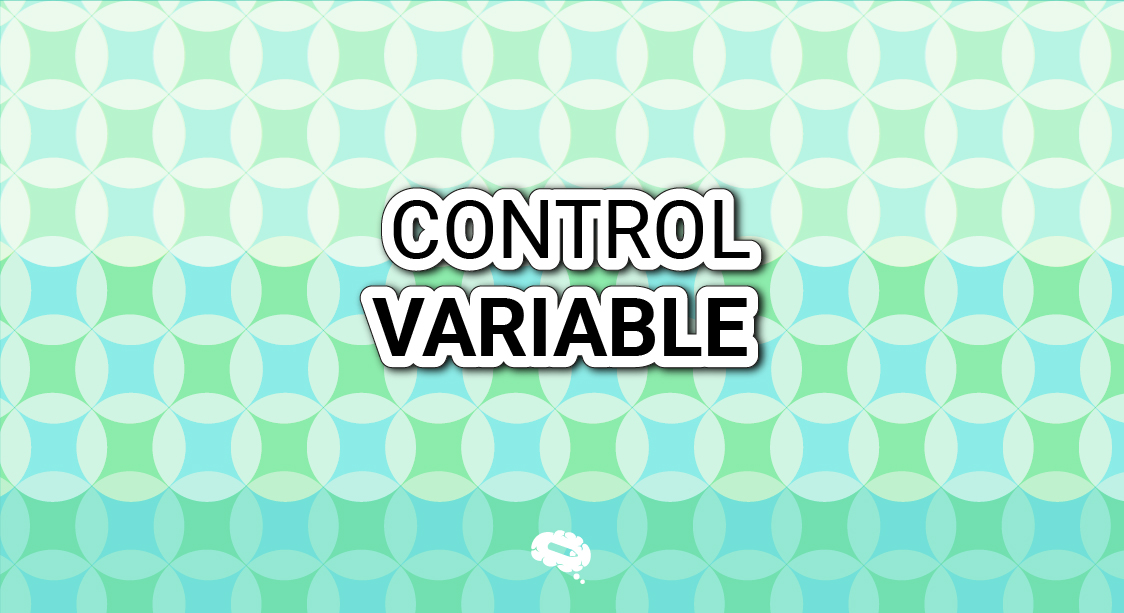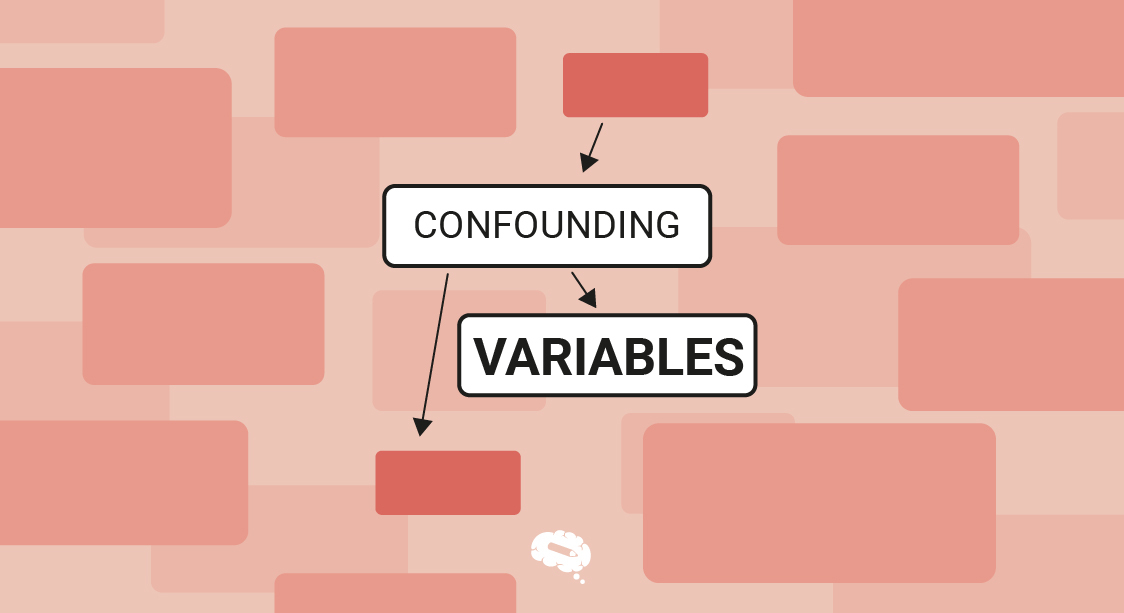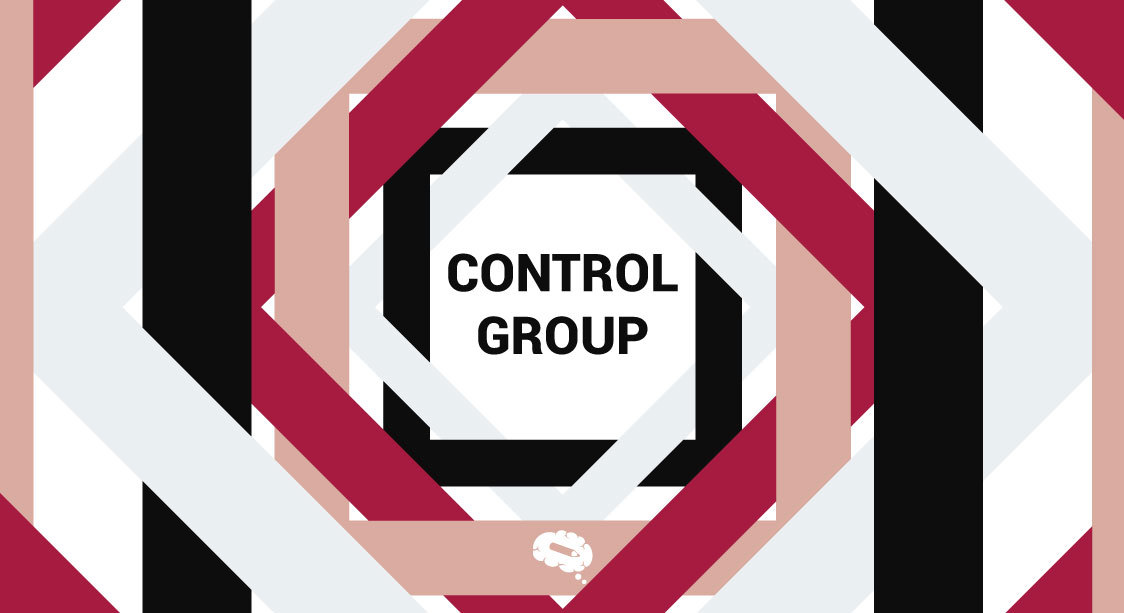A researcher’s life is full of challenges. As soon as you enter the research program or join any institution the goal of the researcher is to look for similarities, differences, trends and find statistical significance in the experimental data obtained. Every day a researcher tries to solve a mysterious universe in his/her own way. You could be finding answers to immunological questions related to COVID or you could be questioning the fundamental theory of physics. Irrespective of the field of research a researcher lives a life of question > experiment > analyze > repeat!
Imagine a scenario: one fine morning, it is your day of observing results after 15 days of incubation of your microbiological experiment and you are certain that this would be it! This is the solution to the world food crisis! You enter your lab with extreme enthusiasm and after fine coffee in the morning, you walk towards your incubator. With a record book in your hand and a camera strap lying around your neck, you approach the incubator, and you are shocked!! The incubator temperature was changed from your required one to 45 degrees Celsius! Your heart is pounding and you don’t know what to do with those dried plates in your hand!
Calm down, this was just an imagination, but if you focus on the story you will know what you cared about the most was the temperature of the incubator. That variable that you kept constant to all the plates while you changed some nutrients in all the media composition. Yes! That is the variable that we are going to talk about today, The control variable. To define a control variable is the parameter that is kept constant for the experiment. There can be more than one control variable in one experiment. Let us explore the characteristics of the control variable and how to get most of it under any experimental setup.
Definition And Purpose
A control variable, also known as a controlled variable, is an element that is not changed throughout an experiment. Its purpose is to ensure that the effect of the independent variable on the dependent variable can be accurately measured without interference from other variables. Control variables are kept constant to prevent them from influencing the outcome, thus allowing a clear assessment of the relationship between the independent and dependent variables.
Consider a simple experiment to determine how the amount of sunlight affects plant growth. Here, the independent variable is the amount of sunlight, and the dependent variable is the growth of the plants. Possible control variables might include:
- Type of plant: Ensure all plants used are of the same species.
- Amount of water: Water each plant with the same amount of water.
- Soil type: Use the same type of soil for all plants.
- Pot size: Ensure all plants are in pots of the same size.
- Temperature: Keep the plants in the same temperature conditions.
By controlling these variables, you can more confidently attribute differences in plant growth to the amount of sunlight they received, rather than to differences in water, soil, or other factors. Learn about various variable types here.
Identifying Control Variables
Identification of control variables is the first step in the experimental design. The control variables are technically indirect indicators of what will be our experimental variables. All the variables for which we want to check the impact would vary in different ranges during the experiment whereas the control variable will stay constant.
Define The Purpose Of The Experiment
The first step in determining what the control variables will be is to clearly define the purpose of the experiment. One expounds on the purpose of the experiment by making a statement or a research question about the experiment he wants to conduct. A research question is an interrogative statement on what you will be investigating and why it is of interest/importance. For instance, if you are testing the effect of some factor on some outcome, you have to state what that factor is that you are controlling or manipulating and just what it is you measure to ascertain the outcome. The determination of these two things is the foundation of constructing the total experimental design. It helps in structuring the experiment in such a manner that results can be truly attributed to the variables being tested and not other factors.
List Potential Influencing Factors
Having defined the purpose of the experiment, identifying all the potentially relevant factors that could influence the dependent variable that isn’t the independent variable. These are variables that might act on the output and therefore make the results biased or with high fluctuation. This identification of influential factors mandates a clear knowledge of the domain of exploration and the setting of the experiment. For instance, potential factors of influence could be environmental conditions, material properties, participant characteristics, and procedural details. Listing all these parameters makes it very easy to determine which needs to be addressed to ensure that the experimental results formulated are considered valid and acceptable.
Select Variables To Control
After identifying the potential parameters that will serve as the factors being controlled and their potential to act as factors in the process, the other step is to select the variables to be controlled. It is vitally observed that under this step the variables to be controlled need to be termed based on the level of impact each will have on the dependent variable and the level of ease or cost that will be experienced in trying to control such parameters. The reason is that only the independent variable should cause an effect on the dependent variable. This serves a function of balancing the compromised need to control so many variables in the experiment to be sure of some stated relationship between the independent and dependent variables versus a simple desire not to make the experiment too complicated.
Rationalize The Need For Control
The last step is to achieve the rationalization of why the identified variables must be controlled. It involves an explanation of how the changes in the variables thus identified might entail some changes in the dependent variable and thus explain several perceptions that end up as errors. Justification of why each control variable is included will allow you to make sure that your design is good, thus attributing the findings to the manipulation of independent variables and not extraneous variables. This will justify a resilient experiment in which the influence of extraneous variables is reduced, so results will be more precise and reliable. It also helps to describe the experimental design to others and ensures transparency and reproducibility in research.
Examples Of Control Variables
| Sr. No. | Commonly Used Control Variable | Purpose and Description |
|---|---|---|
| 1 | Temperature | Ensuring a consistent temperature for all experimental groups to prevent temperature fluctuations from affecting the results. |
| 2 | Humidity | Maintaining consistent humidity levels to control for any impact of moisture on the outcome. |
| 3 | Light Intensity | Keeping light conditions the same to avoid variations in light affecting the experimental results. |
| 4 | Time of Day | Conducting experiments at the same time of day to control for any diurnal variations that might influence the outcome. |
| 5 | Type of Equipment | Using the same equipment or instrumentation for all groups to ensure consistency in measurements. |
| 6 | Material Source | Sourcing materials from the same supplier or batch to prevent variability due to differences in material properties. |
| 7 | Sample Size | Ensuring equal sample sizes across groups to maintain statistical power and balance. |
| 8 | Participant Demographics | Controlling for age, gender, socioeconomic status, and other demographic factors to reduce variability among human participants. |
| 9 | Dietary Intake | Standardizing food or nutrient intake when studying physiological or biochemical outcomes. |
| 10 | Rest and Activity Levels | Regulating rest and activity patterns to control for physical exertion effects. |
| 11 | Training and Instructions | Providing consistent training and instructions to all participants to ensure uniform understanding and performance. |
| 12 | Duration of Exposure | Keeping the exposure time to the independent variable consistent across all groups. |
| 13 | Environmental Conditions | Standardizing environmental factors such as noise, air quality, and other ambient conditions. |
| 14 | Handling and Care | Ensuring that all subjects or samples are handled and cared for in the same manner throughout the experiment. |
| 15 | Measurement Techniques | Using the same methods and instruments for data collection to ensure measurement consistency. |
| 16 | Pre-Experiment Conditions | Standardizing conditions before the experiment starts, such as acclimatization periods for animals or plants. |
| 17 | Post-Experiment Analysis | Using consistent analysis methods to ensure comparability of data across different experimental groups. |
| 18 | Randomization | Randomly assigning subjects to experimental and control groups to control for selection bias. |
| 19 | Blinding | Implementing single or double-blind procedures to control for observer or participant bias. |
| 20 | Geographical Location | Conducting experiments in the same location to prevent geographical variations from affecting results. |
The Role Of Control Variables In An Experiment
The role of control variables can be understood more deeply through their contributions to validity and their function in eliminating alternative explanations.
Ensuring Validity
Validity refers to the extent to which the results of an experiment accurately reflect the phenomenon being studied. There are several types of validity, including internal validity (the degree to which the experiment accurately demonstrates a causal relationship) and external validity (the extent to which the results can be generalized to other settings).
Eliminating Alternative Explanations
One of the primary purposes of control variables is to eliminate alternative explanations for the observed outcomes. In any experiment, multiple factors can influence the dependent variable. Without controlling for these factors, it would be difficult to ascertain whether the observed effects are due to the independent variable or some other variable.
Control variables help reduce various types of bias that could otherwise skew the results. For example, selection bias can be minimized by controlling demographic variables such as age and gender. Similarly, procedural biases can be reduced by standardizing the procedures across different experimental groups. By controlling these variables, researchers can minimize the influence of biases that might otherwise provide alternative explanations for the results.
Distinguishing Control Variables From Other Variables
Independent And Dependent Variables
As defined in the Indeed career guide an independent variable is, “A variable that stands alone and isn’t changed by other variables or factors that are measured” whereas the dependent variable is, “A variable that relies on and can be changed by other factors that are measured” read more here.
Monitoring And Adjusting Control Variables
Regular Monitoring
- Continuously monitor control variables using appropriate tools and methods. For instance, use diet logs, exercise trackers, and periodic health check-ups to ensure participants adhere to the study protocol.
Implement Randomization
Randomly assign subjects or samples to experimental and control groups to minimize selection bias and ensure that control variables are evenly distributed.
Blinding
If possible, implement single or double-blind procedures where participants and/or researchers do not know the group assignments. This helps reduce bias in handling and measurement.
Challenges In Managing Control Variables
Identifying Hidden Variables
Imagine a study aiming to evaluate the effectiveness of a new teaching method on student performance in mathematics. The researchers compared two groups of students: one taught using the traditional method (control group) and the other taught using the new method (experimental group). The primary measure of success is the students’ scores on a standardized math test.
Hidden variable: Students’ socioeconomic status is a hidden variable that could significantly influence their academic performance. SES can affect access to resources such as private tutoring, books, parental support, and a conducive learning environment at home.
Strategies For Ensuring Consistency
- Standard Operating Procedures (SOPs): Implementing detailed SOPs for every aspect of the experiment can help ensure that control variables are managed consistently. SOPs should cover everything from how samples are collected and processed to how measurements are taken and recorded.
- Calibration and Maintenance of Equipment: Regular calibration and maintenance of equipment are essential to ensure that measurements remain consistent over time. Using the same equipment for all experimental groups can help minimize variability due to instrumentation.
- Training and Monitoring: Ensuring that all personnel involved in the experiment are thoroughly trained can help maintain consistency. Regular monitoring and periodic retraining can ensure that procedures are followed correctly throughout the duration of the study.
- Environmental Controls: For experiments sensitive to environmental conditions, using controlled environments like climate-controlled rooms or growth chambers can help maintain consistent conditions. Monitoring environmental variables continuously can help identify and correct any deviations promptly.
- Blinding: Implementing blinding techniques, where the person conducting the experiment does not know which group is the control and which is the experimental group, can help reduce bias and ensure that control variables are applied uniformly.
Despite these strategies, maintaining consistency in control variables can be labor-intensive and requires meticulous attention to detail. Variations, even if minor, can have significant impacts on the results, especially in experiments where the dependent variable is highly sensitive to changes in the control variables.
Mind the Graph: Our Platform Will Be Your Control Variable
The effective communication of results follows after your experimentation is concluded and, respectively, your hypothesis is tested. Communicate your results in an easy, clear, engaging, and visual way to ensure that your research gets across and resonates with people. Being your trustful partner, we can help you in this important part of your research.
Whether you are preparing a poster for an academic conference, writing a research paper, or creating a graphical abstract to summarize your study, we offer tools and services that support your illustrations. At Mind the Graph, we have a great tool for you to reach these purposes. We have a large free illustration gallery on our platform with themes targeting presentations of scientific studies, allowing you to find just the right graphics to illustrate your findings. With these illustrations, one can develop pleasant graphics with the objective of contextualizing relevant points of this research.
The designers are also there to provide personalized support so that your visuals are not just accurate from a scientific point of view but also professionally polished. Engaging with our team means you can get a greater visual impact with your research, enabling your audience to easily understand the complexities and value of the work.
We encourage researchers to explore the resources that Mind the Graph offers for free and the availability of expert design; we can help any researcher, whether a beginner or more experienced, to better communicate research outputs.


Subscribe to our newsletter
Exclusive high quality content about effective visual
communication in science.







